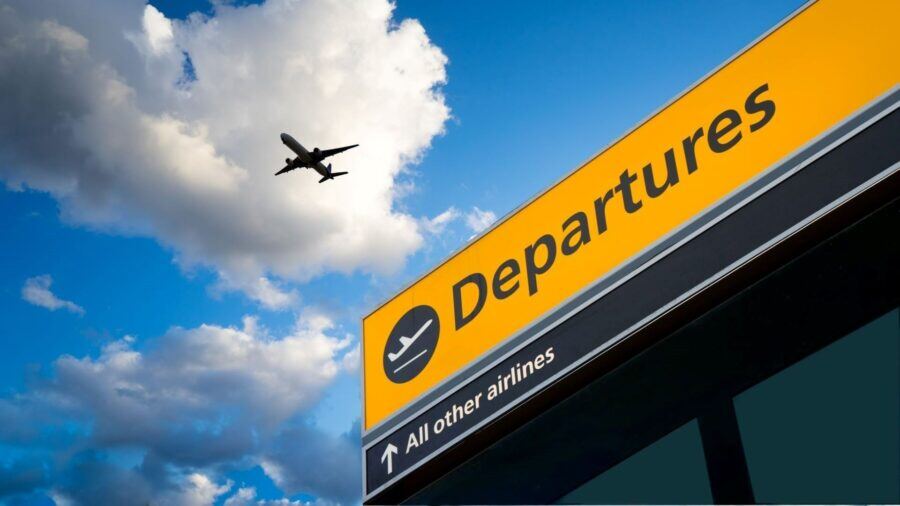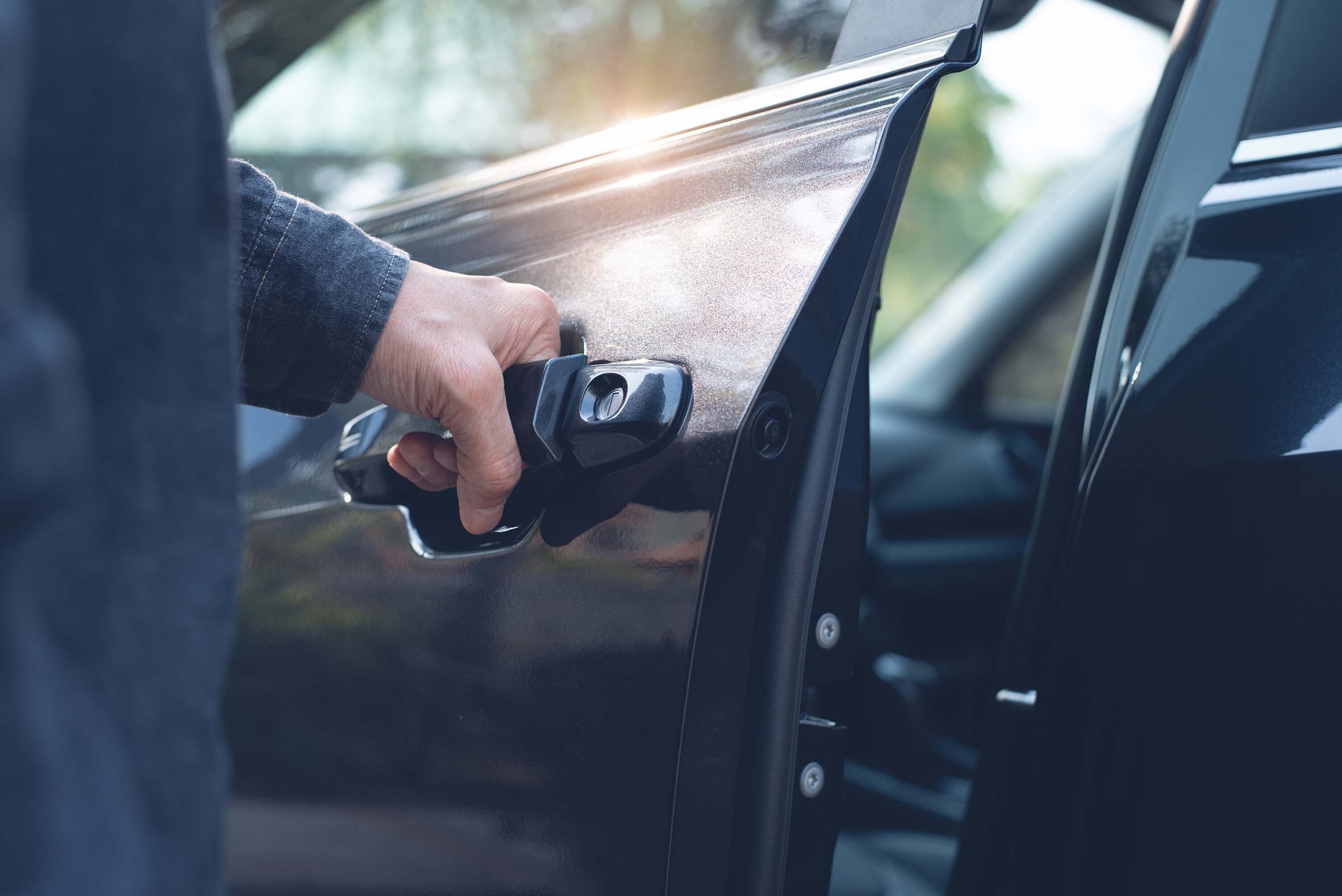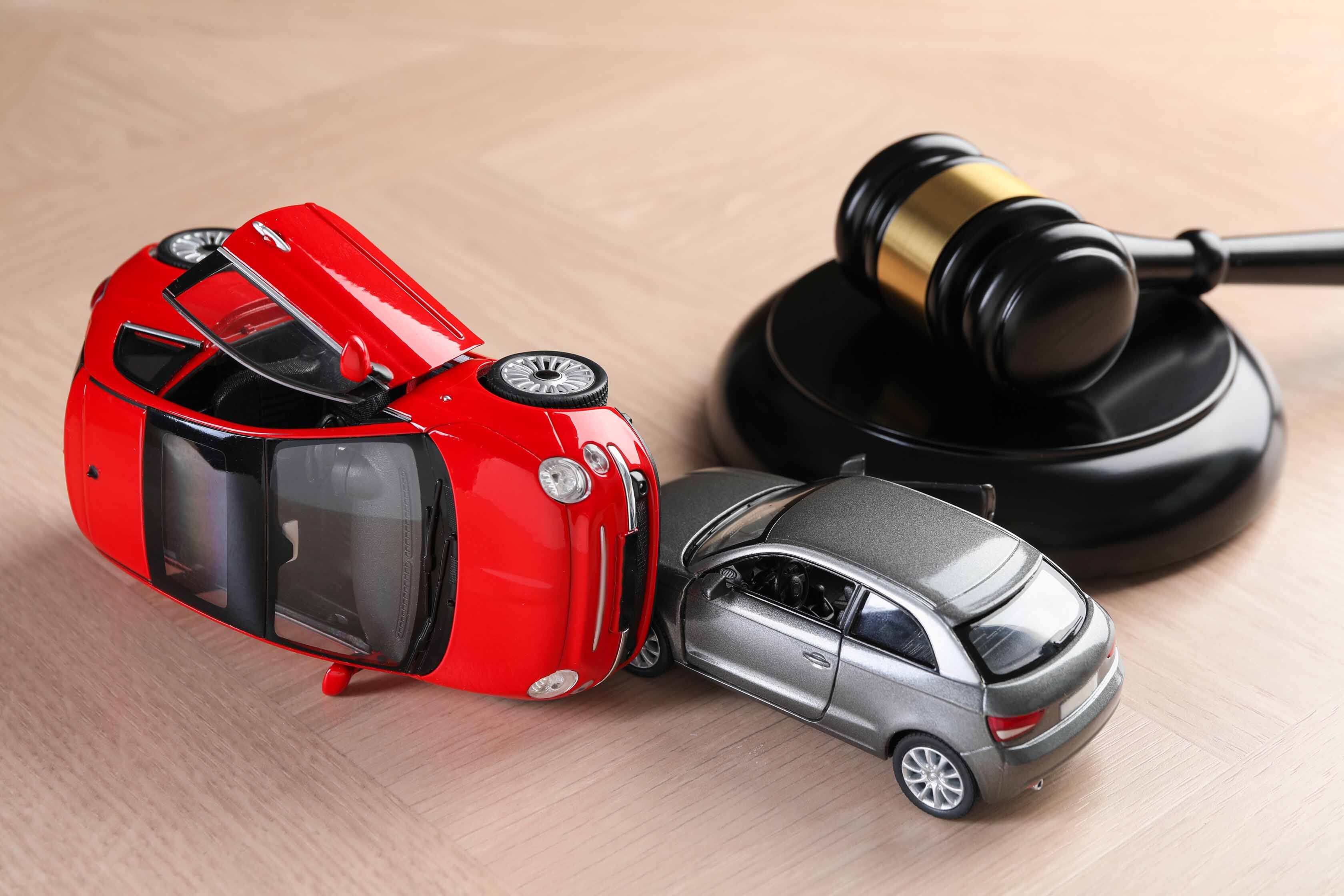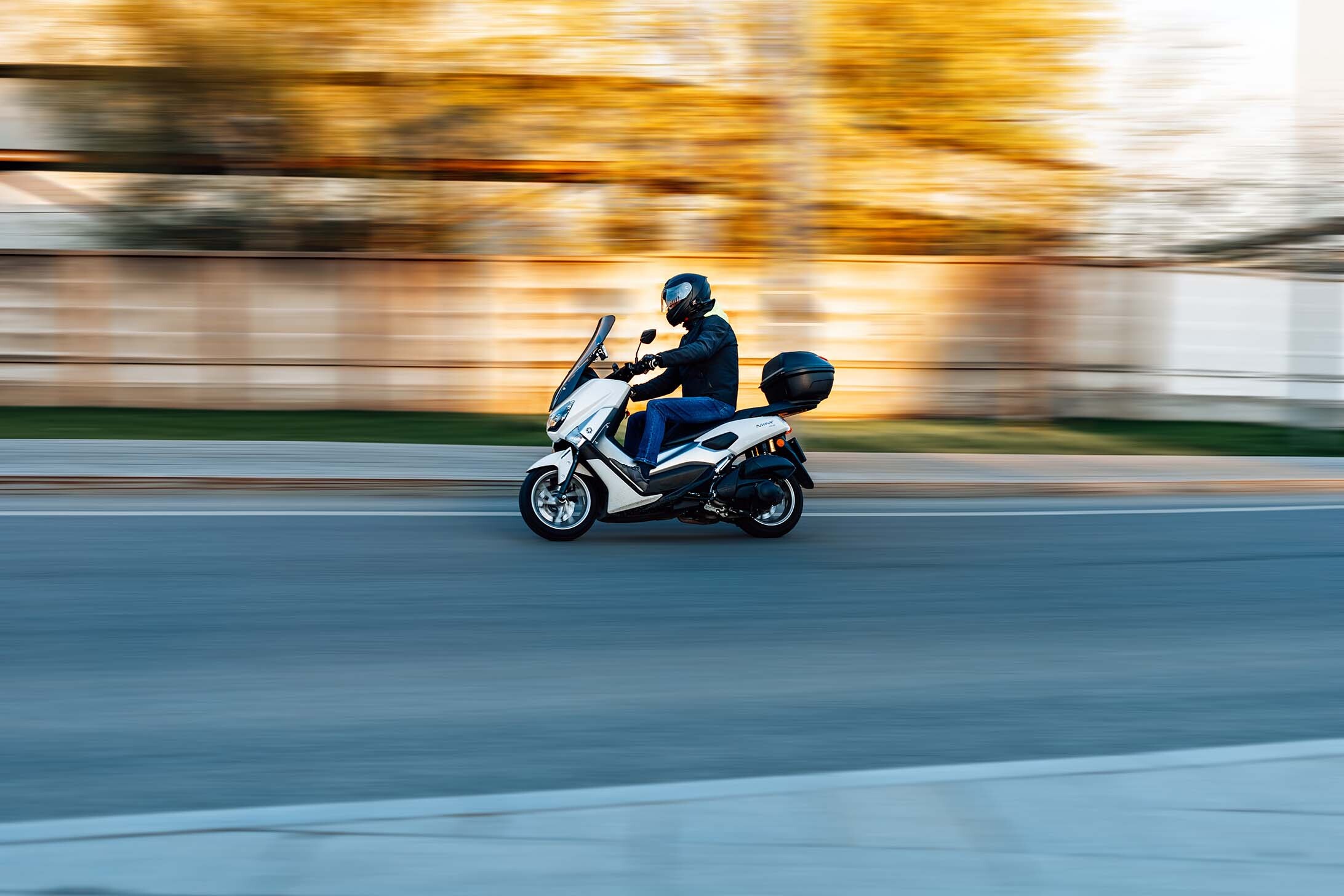In November 2021, Heathrow Airport brought in a new charge for dropping off passengers at their requested terminal – the last major UK airport to do so. Here’s what you need to know about the charge, and how it affects private hire drivers.
This information is correct at the time of updating on 17 July 2025.
Update – from 29th August 2023, non-ULEZ compliant vehicles will have to pay a £12.50 daily charge in addition to drop-off charges at Heathrow. Check whether your vehicle meets the ULEZ requirements here.
Heathrow Airport’s drop-off charges: At a glance
- From 1 January 2025, all vehicles entering Heathrow terminal drop-off areas will pay a £6 charge per visit, though discounts and exemptions apply.
- It works through Automatic Number Plate Recognition (ANPR) – there are no barriers, and you’ll be liable for the charge as soon as you enter the zone.
- You can pay the £6 charge in advance, on the day you drop-off or by midnight the next day.
- There are three ways to pay the Heathrow drop off charge: online, by autopay, or by using an automated telephone service. There’s no option to pay at airport ticket machines or terminal drop-off zones.
- If you fail to pay the charge, you’ll be fined. The penalty charge notice is £40 if you pay within 14 days, rising to £80 after that.
- The charge operates 24 hours a day, 365 days a year.
- Pick-ups are not affected, and these can still take place via the car parks. You can’t pick up passengers from the drop-off zones.
How to Pay Heathrow Drop-Off Charges
Drivers can pay the Heathrow drop-off charge as a guest, or by setting up a personal or business account.
If you’re paying as a guest, you can pay for more than one trip (up to 20 trips at a time). This is especially useful if you’re dropping off multiple passengers per day. You can pay these ahead of time either online or on the phone, or by midnight the next day after you’ve been to the airport.
If you’re buying in advance, pre-paid charges will be valid for 12 months. Unused charges or ‘trips’ can be refunded before they expire.
Having a personal account means you can buy multiple trips (again, up to 20 trips in one go) for one vehicle. You can also choose to set up automatic payments any time the registered vehicle goes into a terminal drop-off zone (known as autopay).
Business accounts mean multiple vehicles (up to 50,000) can be linked to one account. Business accounts require autopay to be set up.
Blue Badge Holders
Passengers who are Blue Badge holders don’t have to pay the Heathrow Airport drop off charge, and this includes where they are getting dropped off by Uber or another taxi service.
The Blue Badge scheme allows disabled passengers to park closer to their destination.
To avoid the drop-off charge Blue Badge riders need to apply, which they can do three months in advance or by midnight the day after their drop-off.
Two-wheeled motorbikes don’t have to pay the charge, but drivers of electric vehicles will still have to pay.
The impact on private hire drivers
After the tough times of the pandemic, the last thing private hire drivers need is new charges.
However, the charges should mean that drop-off zones become less crowded, with smoother movement of traffic. In turn, this means you can get in and out of the airport quicker.
Remember to never leave your vehicle unattended; otherwise, it will be removed by the Police.
Why Was the Heathrow Drop-Off Fee Introduced?
The drop-off fee was first suggested in 2020, as part of plans to reduce airport traffic.
Heathrow said the charge was introduced in October 2021 because the airport was hit hard by the pandemic. It added the charge would help protect jobs and go towards sustainable transport schemes at the airport.
The charge replaces other planned ideas such as a Heathrow Ultra-Low Emissions Zone and a Heathrow Vehicle Access Charge.
How does this compare with other UK airports?
Heathrow was the last major UK airport to introduce a passenger drop-off charge. Gatwick and Luton charge £7 and £5 respectively to drop off passengers, while Manchester charges £5 for 5 minutes, rising to £6 for 10 minutes.
Here’s how drop-off charges break down across the most-used UK airports:
| Airport | Drop-off charge |
| London Heathrow | £6 (from 1 January 2025) |
| London Gatwick | £7 |
| Manchester | £5 |
| London Stansted | £7 |
| London Luton | £5 |
| Edinburgh | £6 |
| Birmingham | £6 |
| Glasgow | £6 |
| Bristol | £7 |
| Belfast International | £3 |
| Cardiff | £3 |
At INSHUR, we keep our drivers up to date on the latest changes that affect them. For quick and hassle-free private hire cover and dedicated driver support, check out INSHUR today.
Sources:
https://www.heathrow.com/transport-and-directions/terminal-drop-off-charge
https://www.heathrow.com/terms-and-conditions/terminal-drop-off-charge-terms-and-conditions



